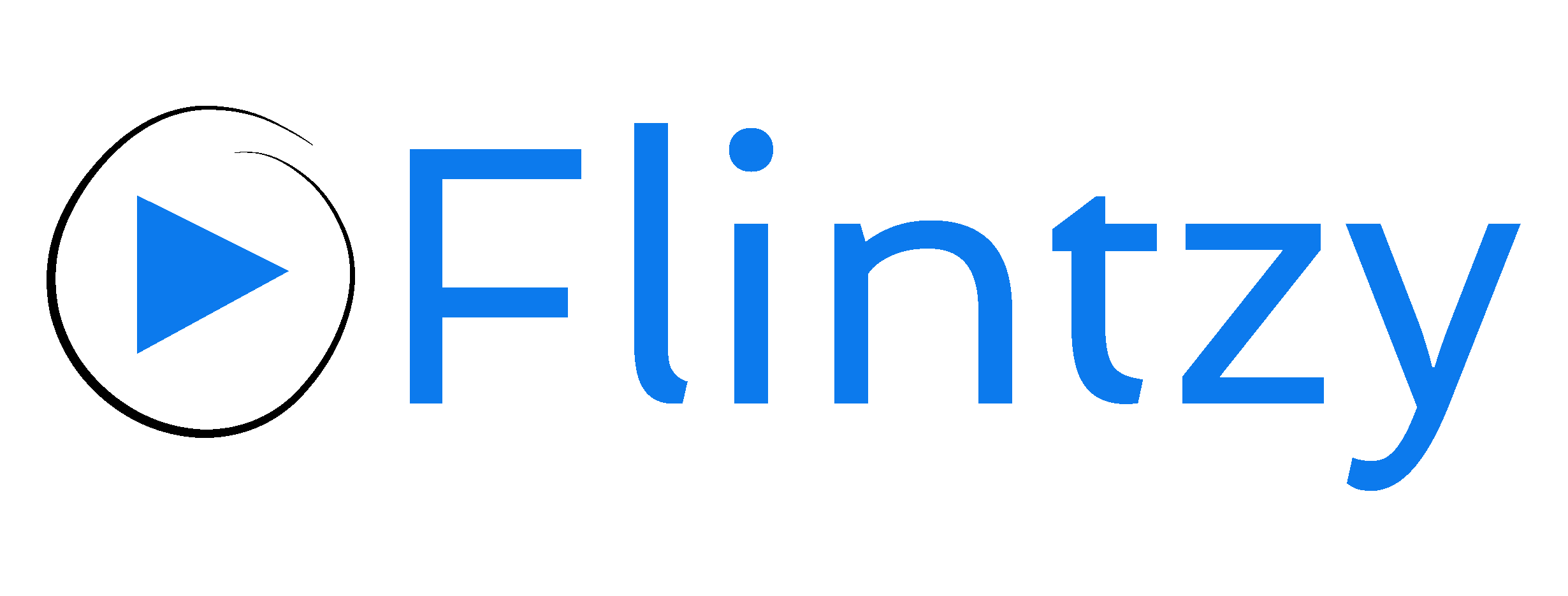YouTube creators constantly deal with multiple challenges, where Copyright claims stand out as one of the most perplexing hurdles to overcome. These claims can be a significant roadblock to monetizing your channel. Let’s dig deeper into the intricacies of YouTube copyright claims, understand their implications, and explore whether you can still monetize your channel despite them.
Understanding YouTube Copyright: Claims vs. Strikes
To navigate the monetization maze, it’s essential to differentiate between copyright claims and copyright strikes on YouTube.
Copyright Claims
When you upload a video that contains copyrighted material without permission, YouTube’s Content ID system flags it. This results in a copyright claim. A claim indicates that you have used content owned by someone else, but it doesn’t necessarily mean you’re in trouble. Here’s what can happen with a copyright claim:
Monetization Sharing: The copyright owner can choose to monetize your video. They will earn revenue from ads played on your video.
Viewing Restrictions: The owner can restrict the video’s availability and might limit it to specific countries.
Content Removal: In some cases, you might need to remove, replace, or mute the copyrighted content.
Copyright Strikes
These are more severe. A copyright strike occurs when the content owner decides to take legal action against you for using their material without permission. The consequences are more stringent:
Video Removal: The video is taken down from YouTube.
Monetization Impact: You may lose the ability to monetize your videos.
Channel Penalties: Accumulate three strikes, and your channel could be terminated.
Understanding these distinctions is crucial as they directly impact your monetization journey.
Monetizing a YouTube Channel with Copyright Claims
With the basics out of the way, the question remains: Can you monetize a channel with copyright claims? The answer lies in understanding YouTube’s monetization policies and the YouTube Partner Program (YPP) requirements.
YouTube Partner Program (YPP) Requirements
To join the YPP and start earning money, your channel must meet the following criteria:
1,000 Subscribers: Achieve at least 1,000 subscribers.
4,000 Watch Hours: Accumulate 4,000 valid public watch hours in the past 12 months.
Compliance with Policies: Adhere to all of YouTube’s policies, including copyright rules.
No Active Community Strikes: Your channel should not have any active community guideline strikes.
AdSense Account: Link a Google AdSense account to your channel.
Geographical Eligibility: Reside in a country where the YPP is available.
While the first two requirements are relatively straightforward, compliance with YouTube’s policies, particularly copyright rules, is where it gets tricky.
Applying to YPP with Copyright Claims
When applying to the YPP, human reviewers assess your channel’s overall compliance with YouTube’s policies. They evaluate:
Main Channel Theme
Most-Viewed Videos
Recent Videos
Videos with the Most Watch Time
Video Metadata (titles, descriptions, thumbnails)
The Impact of Copyright Claims
Let’s consider two scenarios to understand the impact of copyright claims on your application:
High Impact: If your most popular videos, which contribute significantly to your watch hours, have copyright claims, it can negatively affect your application. For instance, if a single video with a copyright claim accounts for the majority of your watch time, reviewers might question whether your watch hours were achieved while violating YouTube’s guidelines.
Low Impact: If your channel has numerous videos, and only a few have copyright claims with minimal watch time impact, the reviewers might overlook these claims, especially if the rest of your content is original and compliant.
Handling Rejections Due to Copyright Claims
Rejection from the YPP due to copyright issues isn’t the end of the road. YouTube allows you to reapply after 30 days. It gives you a window to rectify the issues.
Steps to Take:
Identify Problematic Content: Review the feedback provided by YouTube, if any, and identify videos with copyright claims.
Resolve Claims: Consider removing, replacing, or disputing the claims if you believe they are unwarranted.
Best Practices to Avoid Copyright Claims
Use Royalty-Free Music and Media: Utilize resources that provide royalty-free content.
Create Original Content: Focus on producing unique videos that don’t rely on third-party material.
Get Permissions: If you must use copyrighted content, seek permission from the content owners.
Learn About Fair Use: Understand the fair use policy and how it applies to your content.
While copyright claims can complicate your journey to monetizing your YouTube channel, they don’t necessarily lead your aspirations to an end. By understanding the nuances of YouTube’s copyright policies, adhering to best practices, and continuously creating original content, you can navigate these challenges effectively. Remember, persistence and compliance are key to maximising the outreach and revenue of your YouTube channel. Keep creating, stay informed, and monetize your passion responsibly.

